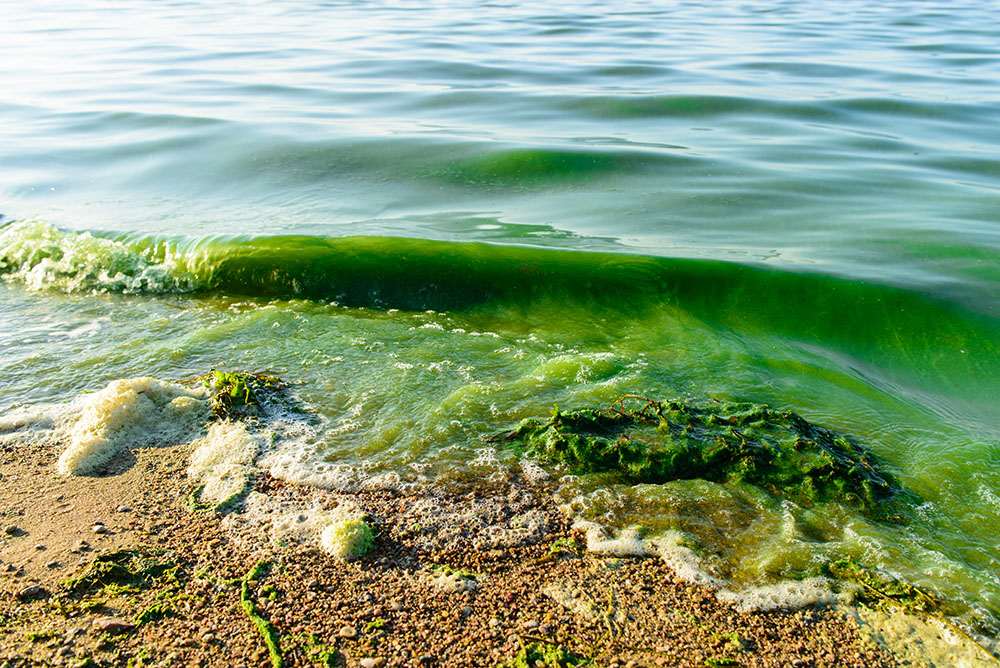Michigan, a place known for its beautiful great lakes and many inland waterways. People from all over come to enjoy Michigan’s lakes and rivers daily, but what they may not think about is the hidden dangers of algal blooms.
“Algal blooms are dense populations of algae. Some blooms are harmless, while others may contain blooming toxic organisms that can be detrimental to humans, pets, and even aquatic life,” said Tom Reichard, Director of Environmental Health at District Health Department #10 (DHD#10).
DHD#10 wants to remind people to exercise caution while enjoying the last few weeks of summer weather while out on the water:
- Avoid direct contact with waterways that appear to be scummy or have a green shade.
- Do not drink untreated surface waters.
- Obey posted signage for public health advisories and/or beach closings.
- Limit or avoid eating fish from algal bloom impacted areas.
People and pets can experience the following symptoms after algal bloom exposure:
- Rash, hives, or skin blisters at skin contact site.
- Runny eyes and/or nose, sore throat, asthma-like symptoms, or allergic reactions.
- Diarrhea, vomiting, abdominal pain, weakness, tingly fingers, numbness, dizziness, difficulty breathing or even death resulting from ingesting contaminated water.
If you think you’ve been exposed to algal blooms take the following precautions:
- Remove yourself from the exposure and seek medical treatment if symptoms occur.
- Thoroughly rinse off pets with clean, fresh water if they swam in an area with algal blooms to avoid potential toxic ingestion from licking.
Seek medical or veterinary treatment as soon as possible if you think you or your pet may have been poisoned from algal bloom. For more information, call for DHD#10 Environmental Health Division at 888-217-3904.
Quick Links
Algal Bloom FAQs
EGLE Harmful Algae Blooms
US EPA Harmful Algae Blooms and Drinking Water Fact Sheet

